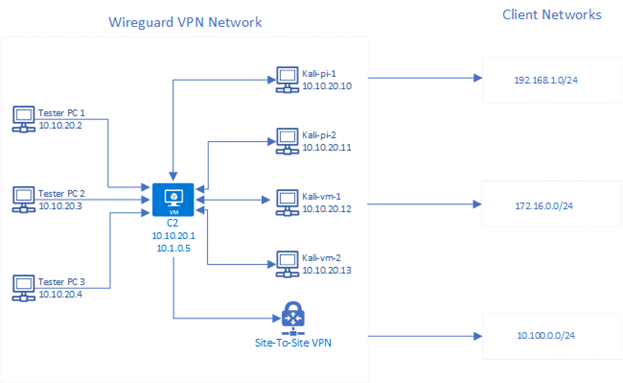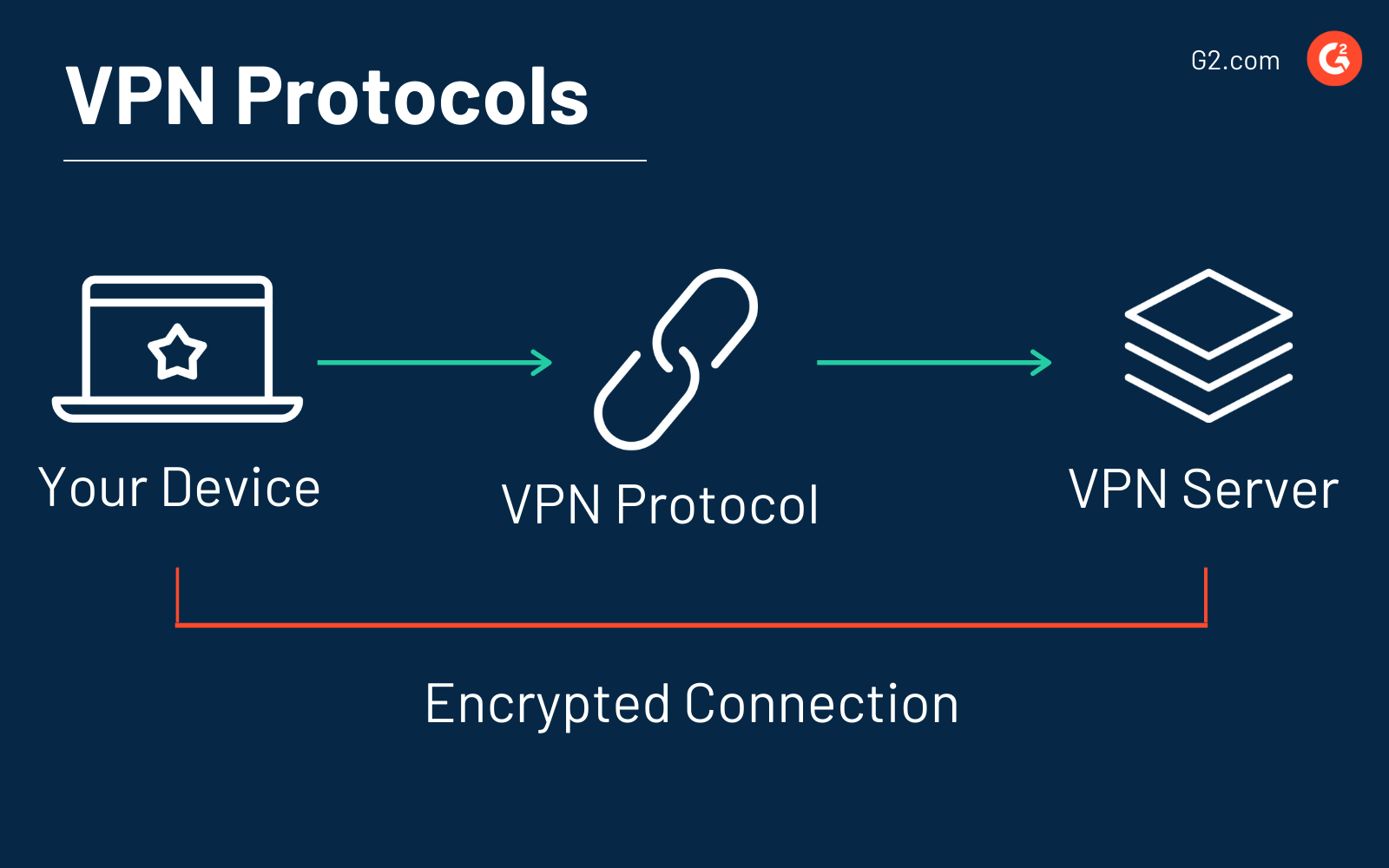Featured
Table of Contents
What Is Wireguard? A New Vpn Protocol Explained
It is presently under heavy development, but already it may be considered the most safe and secure, simplest to use, and easiest VPN service in the market. Wire, Guard aims to be as easy to configure and deploy as SSH. A VPN connection is made just by exchanging very basic public secrets exactly like exchanging SSH keys and all the rest is transparently handled by Wire, Guard.
Wire, Guard provides an exceptionally fundamental yet powerful user interface. Wire, Guard has been designed with ease-of-implementation and simplicity in mind.
You then might progress to setup and reading the quickstart guidelines on how to utilize it. If you're interested in the internal inner functions, you might be interested in the short summary of the procedure, or go more in depth by checking out the technical whitepaper, which goes into more detail on the procedure, cryptography, and fundamentals.

This user interface acts as a tunnel interface. Wire, Guard associates tunnel IP addresses with public secrets and remote endpoints. When the user interface sends out a packet to a peer, it does the following: This packet is meant for 192. 168.30. 8. Which peer is that? Let me look ... Okay, it's for peer ABCDEFGH.
What Is Wireguard?
If not, drop it. Behind the scenes there is much happening to offer appropriate privacy, authenticity, and best forward secrecy, utilizing modern cryptography. At the heart of Wire, Guard is an idea called Cryptokey Routing, which works by associating public keys with a list of tunnel IP addresses that are permitted inside the tunnel (what is wireguard protocol and how does it work?).

Each peer has a public secret. Public secrets are brief and easy, and are used by peers to confirm each other. They can be passed around for usage in configuration files by any out-of-band approach, similar to how one may send their SSH public secret to a friend for access to a shell server.
0/0 In the server configuration, each peer (a customer) will be able to send out packages to the network user interface with a source IP matching his matching list of enabled IPs. When a packet is gotten by the server from peer g, N65Bk, IK ..., after being decrypted and authenticated, if its source IP is 10.
230, then it's allowed onto the user interface; otherwise it's dropped. In the server setup, when the network user interface desires to send out a package to a peer (a client), it looks at that package's location IP and compares it to each peer's list of permitted IPs to see which peer to send it to - what is wireguard protocol and how does it work?.
Wireguard Protocol Now Powered By Fastestvpn

10.10. 230, it will secure it utilizing the general public key of peer g, N65Bk, IK ..., and after that send it to that peer's newest Web endpoint. In the client configuration, its single peer (the server) will have the ability to send out packets to the network user interface with any source IP (given that 0.
0/0 is a wildcard). For example, when a packet is gotten from peer HIgo9x, Nz ..., if it decrypts and validates properly, with any source IP, then it's permitted onto the interface; otherwise it's dropped. In the customer configuration, when the network user interface wants to send a package to its single peer (the server), it will encrypt packets for the single peer with any destination IP address (since 0.
0/0 is a wildcard). If the network user interface is asked to send out a packet with any destination IP, it will secure it using the public key of the single peer HIgo9x, Nz ..., and then send it to the single peer's most current Web endpoint. In other words, when sending packets, the list of permitted IPs acts as a sort of routing table, and when getting packages, the list of allowed IPs behaves as a sort of gain access to control list.
Wire, Guard is completely capable of encapsulating one inside the other if necessary. Due to the fact that all packets sent out on the Wire, Guard user interface are encrypted and authenticated, and due to the fact that there is such a tight coupling between the identity of a peer and the permitted IP address of a peer, system administrators do not need complicated firewall software extensions, such as in the case of IPsec, however rather they can simply match on "is it from this IP?
What Is Wireguard?

The client setup contains a preliminary endpoint of its single peer (the server), so that it understands where to send out encrypted information before it has gotten encrypted data. The server configuration does not have any initial endpoints of its peers (the customers). This is because the server discovers the endpoint of its peers by taking a look at from where correctly verified information originates.
We also talk about development tasks there and prepare the future of the project.

Do not send out non-security-related concerns to this e-mail alias. Do not send out security-related issues to various email addresses. The kernel components are released under the GPLv2, as is the Linux kernel itself. Other jobs are licensed under MIT, BSD, Apache 2. 0, or GPL, depending upon context.
Wire, Guard is much faster than Open, VPN. It takes in 15% less information, manages network modifications much better, and appears to be secure. Nevertheless, Open, VPN has been tried and tested, is more privacy-friendly, and is supported by a bigger variety of VPNs.
Wireguard — Vpn Server And Client Configuration
We may receive payment from the services and products pointed out in this story, however the viewpoints are the author's own. Compensation might affect where offers appear. We have not consisted of all available products or offers. Find out more about how we make money and our editorial policies. Today, virtual personal networks (VPNs) have removed, getting appeal with those trying to find additional security, personal privacy, and versatility.
In this article Wire, Guard is a new, open-source VPN protocol designed with modern cryptography, which is the practice of coding delicate information so only the intended receivers can translate its meaning. It provides quicker, easier-to-use, and more secure paths for user gadgets to link with VPN servers worldwide. Developer Jason A.
Dealing With Wire, Guard could not be much easier. Users begin by locating the Wire, Guard application in an online storefront, then follow basic download and setup steps. The Wire, Guard app is offered for desktop and mobile phones for added benefit. Wire, Guard keeps it simple by running with fewer than 4,000 lines of code compared to older VPN procedures that typically utilize thousands more.
Latest Posts
Best Business Vpn Of 2023
Best Vpn Services Of 2023 - Security.org
The Best Vpns To Protect Yourself Online